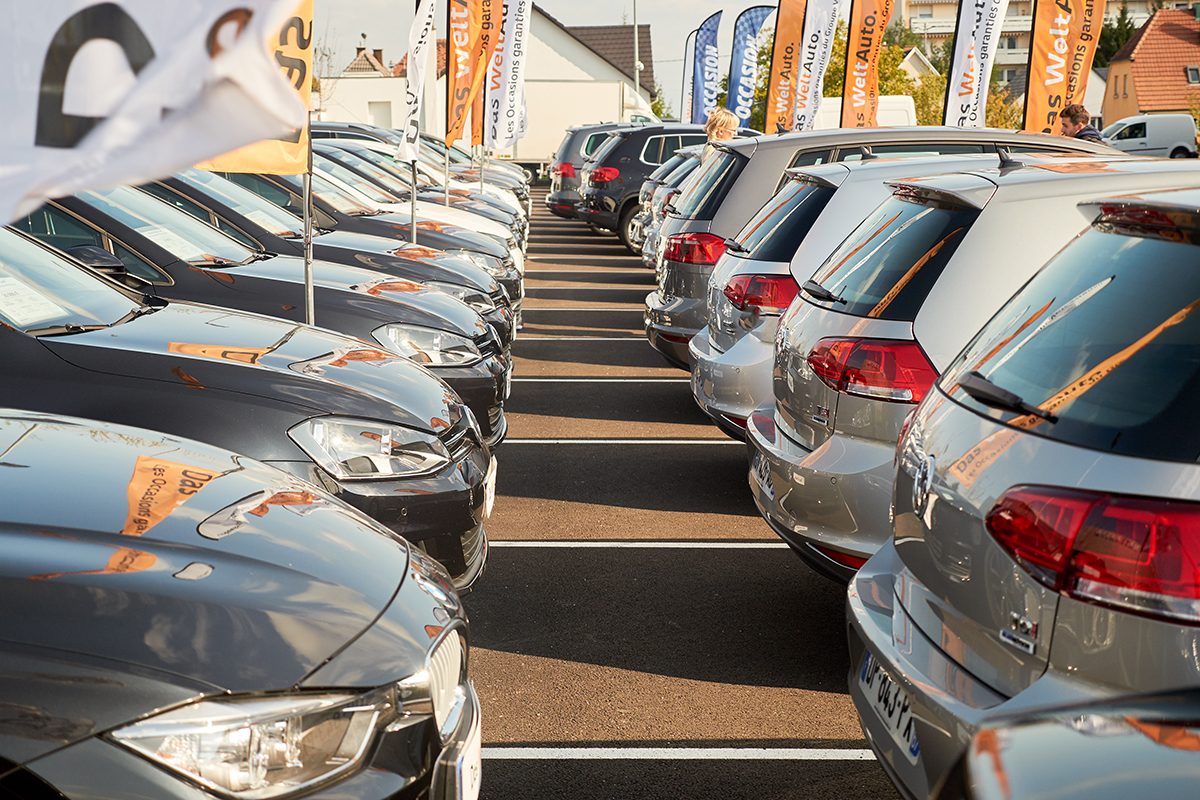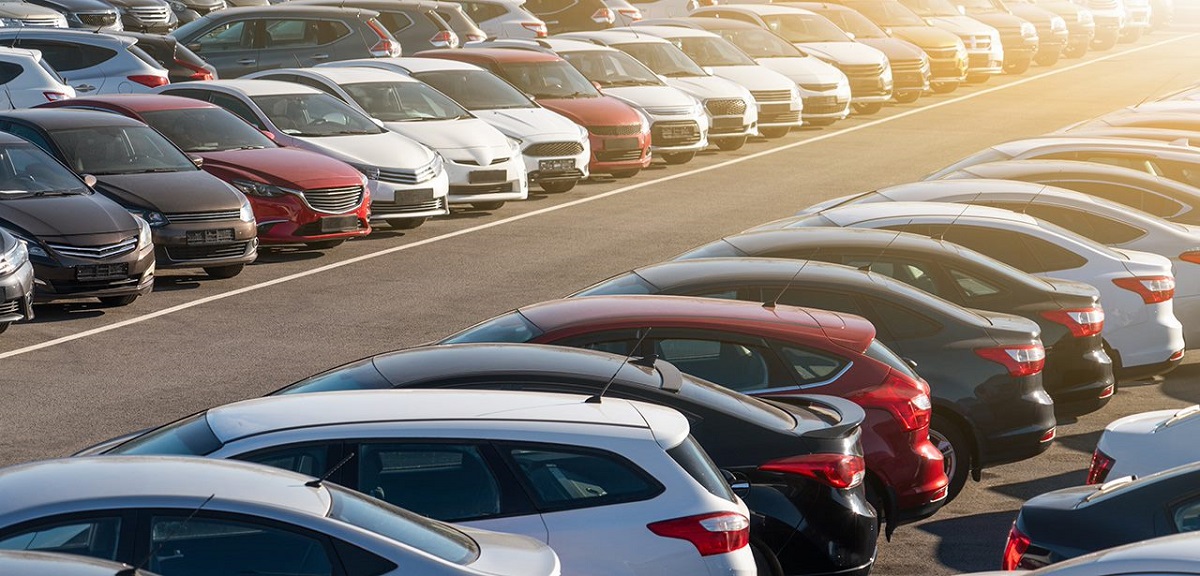
Car Dealership
Car sales professionals often observe that many buyers end up selecting vehicles that don’t suit their actual needs. Be very thoughtful about what you want and need, because a good deal on the wrong car is a bad deal.
The “wrong car” can take many forms, but the core issue is simple: Too many shoppers behave like children in a toy store when they step into a dealership. They’re drawn to the flashiest, most exciting option they see.
While enthusiasm and even a little anxiety are understandable, we strongly recommend approaching the process with clarity and calm. Take a moment to breathe, and consider these five essential steps to ensure the vehicle you purchase genuinely aligns with your needs throughout the duration of your ownership.
1. Avoid Choosing a Car That’s Too Small
Part of the “toy store” mindset includes an internal struggle between what we want and what we truly need. In the context of car buying, this dilemma often looks like this: A buyer in their 30s, with a spouse and two young kids, dreams of driving a sleek sports coupe.
Meanwhile, their partner suggests something more practical, like a small SUV or even a minivan. When this buyer talks with the dealership staff, their enthusiasm for the coupe is unmistakable. But do you think the salesperson is going to talk them out of it?
If the buyer gives in to that dream, they may soon find their children, who won’t stay little for long, cramped and uncomfortable in the tight back seat.
That leads us to Step 1: Rule out vehicles that are simply too small. Don’t even consider them. “Be careful about analyzing what you really need,” Fuller advises. “If you’re anticipating a growing family and managing a limited budget, craving a high-performance two-door doesn’t make practical sense.”
2. Avoid Choosing a Car That’s Too Large
While buying an oversized vehicle presents a different set of issues than choosing one that’s too small, it’s still a case of selecting the wrong car, or perhaps the wrong truck.
Here’s how it often happens: Gas prices are temporarily low, the economy is stable, and you finally feel financially comfortable. That full-size, tricked-out crew cab 4×4 starts to look very tempting. Why not treat yourself?
Here’s why not, fuel costs are unpredictable, and economic conditions fluctuate. Over the life of your loan, you may end up stuck with a vehicle that’s more than you need, both in size and operating cost, and worth far less than what you paid.
That brings us to Step 2: Just as you should exclude cars that are too small, you should also steer clear of those that are too large or too costly to maintain.

3. Avoid Buying a Luxury Car Purely for Image
Luxury vehicles offer impressive features, cutting-edge tech, enhanced safety systems, and refined interiors. They can be smart buys under the right conditions.
However, too often, people stretch their finances to purchase a high-end brand simply for the badge, despite the fact that a more modestly priced model could deliver the same benefits at a much lower cost.
This is where doing a bit of research can pay off. Spend time exploring available models on trusted automotive sites. Make a list of the features you want, and you may be surprised to find a vehicle that meets all your needs—even a luxury model, at a promotional or discounted rate.
Step 3: Unless you can confidently and rationally justify a luxury car as the best value, exclude it from your shortlist.
4. Avoid Leasing When Buying Makes More Sense
While leasing has its advocates, even those who support the idea generally agree: You should not lease a vehicle that you could comfortably afford to purchase.

For most people, buying offers better long-term financial benefits. Not only does it require a greater initial financial commitment, curbing impulse purchases, but it also means you own a tangible asset, albeit one that depreciates.
Leasing, on the other hand, is essentially a long-term rental. The car still belongs to the leasing company, and your usage is limited; mileage caps, wear-and-tear guidelines, and restrictions on customization all apply.
When you buy, you control the vehicle outright and can keep it as long as you want. So, Step 4: Find a practical, affordable vehicle and strongly consider buying it outright rather than leasing.
5. Avoid Buying a Car That Will Strain Your Finances
It might seem that if you can’t afford a car, you wouldn’t be able to finance it in the first place. But that’s not always true. Plenty of buyers sign up for loans they can’t sustain, and repossession is an all-too-common outcome.
Remember: it’s not the dealership’s job to talk you out of spending more; they’re happy to upsell you on a bigger car, more features, and fancier trims.
That means it’s your responsibility to set clear financial boundaries. “A common mistake is not budgeting for unexpected expenses,” Fuller warns. “Maybe you can handle the payments today, but what happens when the roof leaks or your child needs dental work?”
So here’s Step 5: If your total transportation expenses, car payments, insurance, fuel, repairs, and maintenance are poised to exceed 15 percent of your net income, it’s time to reconsider. Look for a more affordable option, such as a Certified Pre-Owned (CPO) vehicle, that keeps your monthly costs within a more manageable range.



